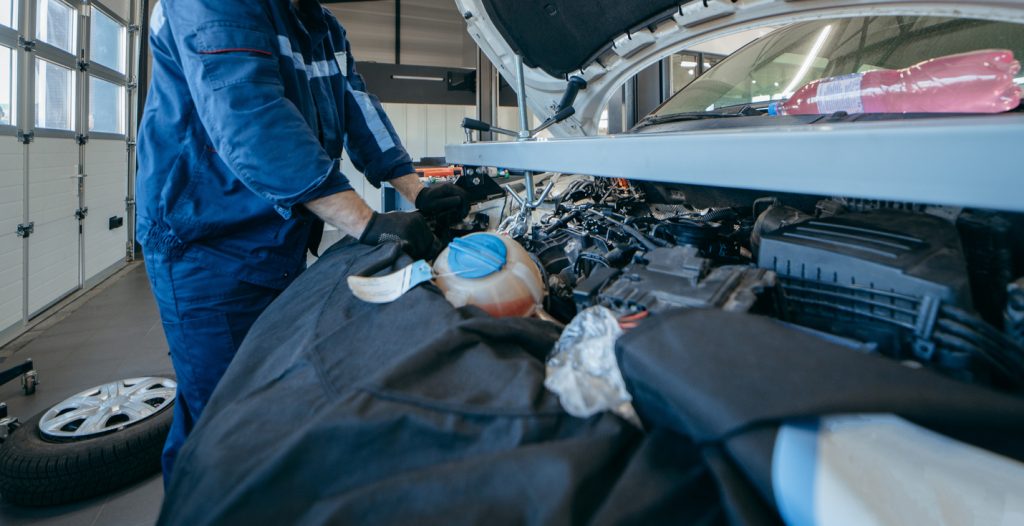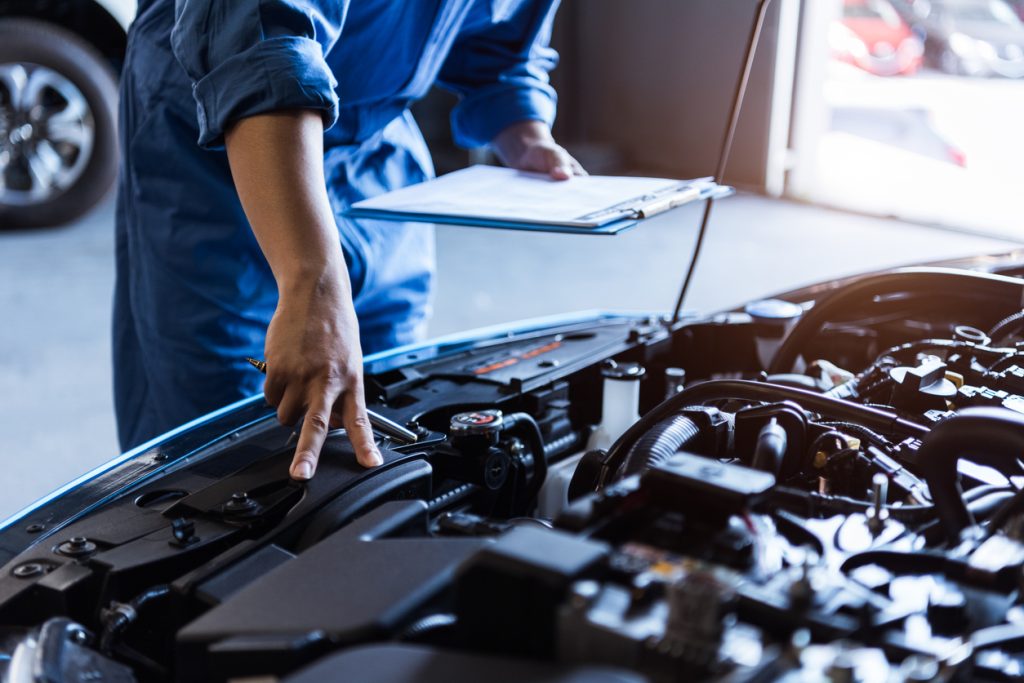Vehicle defects in California Lemon Law cases can pose serious safety risks and significant financial burdens. Legal resolution requires more than repeated dealership visits and consumer complaints—it demands provable evidence of the defect’s nature and origin. This is where engineering knowledge and diagnostic methodology play a pivotal role.
Claimants who apply technical evaluation strategies have a measurable advantage in litigation and arbitration. California’s Lemon Law statutes, although consumer-friendly, set high standards for proving that a defect substantially impairs use, value, or safety. Engineering findings help bridge the gap between subjective dissatisfaction and objective legal fault.
Engineering Insight Defines the Legal Standard of Proof
For vehicle defects in California Lemon Law cases, courts require evidence that supports the existence of a defect from the time of delivery, not caused by abuse or aftermarket modifications. Engineering methods can provide just that. By using mechanical diagnostics, systems modeling, and software analysis, technical professionals demonstrate exactly where and how the vehicle failed.
This alignment with judicial expectations strengthens the credibility of the claim. The ability to translate complaints into technical documentation—such as data from engine control units (ECUs), torque graphs, and thermal stress analyses—often determines whether a case will be accepted or dismissed.
Substantiating Hidden Issues Through Engineering
Some vehicle defects in California Lemon Law cases are latent or intermittent. These defects may not show up during short test drives or standard diagnostics but pose a serious safety concern when they do manifest. Engineering allows replication of fault conditions through long-duration testing and real-world simulations.
For example, a malfunctioning throttle position sensor may cause dangerous acceleration only after extended highway driving in hot conditions. An engineer can isolate and demonstrate this specific pattern, making the legal claim concrete and data-driven rather than speculative.
Legal Interpretation Reinforced by Technical Validation
California courts follow the preponderance of evidence standard, which means a claim must be more likely true than not. In the context of vehicle defects in California Lemon Law cases, engineering can serve as a linchpin for this burden. Testimony grounded in mechanical evidence has been accepted in courtrooms, arbitration panels, and pre-litigation mediation.
Consider how professional research, development, and manufacturing experience can help pinpoint vehicle defects in California Lemon Law cases. The intersection of engineering knowledge and legal analysis ensures the defect is traceable to a design or manufacturing flaw, not user error.

Disputing Manufacturer Defenses Using Engineering Methods
Manufacturers often respond to Lemon Law claims with assertions that the vehicle is operating “within normal parameters.” Without technical refutation, these claims can be persuasive. However, engineering scrutiny often tells a different story. Test data can reveal that so-called “normal” tolerances conceal fundamental inconsistencies.
In one scenario, a luxury sedan repeatedly exhibited delayed gear engagement. Dealerships dismissed it as normal transmission behavior. But an engineering report demonstrated torque load inconsistencies that endangered driver response time. The vehicle was later repurchased under the Lemon Law.
Data Logging, Diagnostics, and Digital Engineering
Modern vehicles rely heavily on embedded systems and software, making digital diagnostics essential in proving vehicle defects in California Lemon Law cases. Engineers trained in automotive software analysis can extract fault codes, monitor real-time performance data, and reconstruct failure timelines.
For instance, adaptive cruise control malfunctions may be triggered by sensor misalignment or corrupted firmware. While dealerships may overlook these subtleties, engineers can identify them by comparing software logs, update protocols, and fail-safe mechanisms, making the claim indisputably technical.
Reconciling Repair History with Engineering Analysis
Another area where engineering becomes indispensable is in aligning repair documentation with actual root causes. Many consumers bring their vehicles to dealerships multiple times, only for superficial repairs to be performed. Engineers can determine whether these attempts addressed the real issue.
If the same error code persists across visits, or if a replacement part fails under the same conditions, this suggests improper diagnostics or ineffective repairs. Such patterns are powerful in vehicle defects in California Lemon Law cases, indicating that the manufacturer failed to rectify a known defect within a reasonable number of attempts.
Government and Industry Standards Support Technical Findings
The National Highway Traffic Safety Administration (NHTSA) maintains a regulatory and legal framework for evaluating defect-related safety concerns. In many cases, engineering reports submitted in Lemon Law claims align with standards and definitions from federal safety data.
Referencing standards from the NHTSA recalls database can strengthen a legal argument. If an engineer identifies a similar failure in a claimant’s vehicle to those listed in recall bulletins—even if that vehicle hasn’t been recalled—it provides a framework of comparison that supports liability.

Judicial Examples That Favor Engineering Testimony
Courts in California have shown increasing deference to technical data in Lemon Law disputes. In some rulings, judges noted that engineering evidence was the “most reliable” indicator of whether the defect existed at delivery or arose from later use.
Such examples reinforce the utility of involving engineering perspectives early in the dispute process. They also illustrate that vehicle defects in California Lemon Law cases are more likely to succeed when substantiated with structured, impartial technical findings.
Manufacturing Records and Design Documentation Analysis
Engineers often request access to manufacturing records, design drawings, or vendor supply chains to identify systemic flaws. In Lemon Law litigation, this deeper level of scrutiny may uncover root causes such as faulty batch production, substandard material substitutions, or missed quality assurance flags.
This evidence becomes particularly powerful when tied to recurring failures across models or production years. It signals not just a defect in a single unit but a broader pattern of negligence, increasing the legal pressure on the manufacturer to offer remedies.
Preventing Repeat Claims Through Engineering Discovery
Proving a defect through engineering not only strengthens an individual’s case but can serve a preventative function for other consumers. Some findings lead to technical service bulletins (TSBs) or even class-action investigations. The more technical depth a case includes, the more likely it is to generate industry-wide reforms.
For example, engineering detection of brake fluid seepage due to poorly machined caliper seals in one case led to a manufacturer-initiated TSB across thousands of vehicles. While the original claimant won the case, the larger impact was widespread safety improvement.
Technical Testimony in Arbitration and Informal Resolution
Even when a Lemon Law claim is resolved through arbitration, engineering evidence remains impactful. Unlike anecdotal complaints or vague mechanical descriptions, engineers deliver schematics, data logs, and detailed observations. These are persuasive in front of arbitrators who may lack technical training but recognize objective documentation.
For vehicle defects in California Lemon Law cases, presenting this level of detail often shifts the power dynamic. Manufacturers are forced to respond to the data rather than control the narrative through superficial explanations.
Legal Significance of Engineering in Multi-System Failures
Many modern Lemon Law disputes involve vehicles with overlapping system failures—such as drivetrain glitches that also affect stability control, braking, or electrical subsystems. Engineering analysis helps separate interdependencies from root causes, narrowing legal focus.
Without this insight, a claim may appear fragmented or too vague. Engineering documentation helps align systems analysis with specific legal standards of defect, repair timeline, and safety risk.
Conclusion
Engineering knowledge is a critical force in substantiating vehicle defects in California Lemon Law cases. From intermittent sensor errors to systemic manufacturing flaws, engineers uncover the technical truths necessary for legal resolution. They transform consumer concerns into admissible evidence and shift the burden of proof toward the manufacturer.
By integrating diagnostics, digital records, and industry standards, engineering support amplifies legal clarity. Whether the issue lies in mechanical design, software control, or repeated repair failures, claimants backed by technical findings are far more likely to achieve favorable outcomes under California’s Lemon Law.
As the legal landscape evolves, the ability to support a case with structured engineering analysis will continue to distinguish credible claims from speculative grievances—offering both justice and systemic reform.
